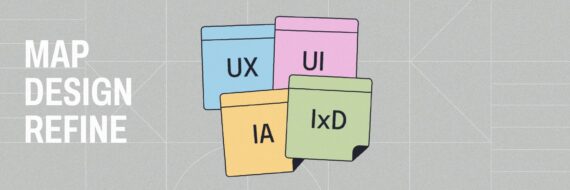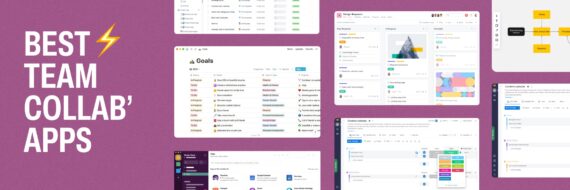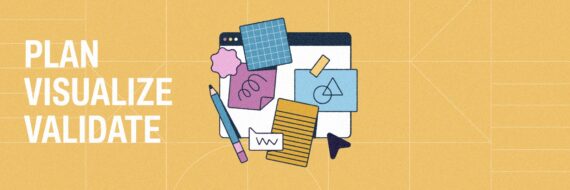When it comes to tools for crafting an online User Experience, cards are an excellent medium for consolidating and communicating user information. The ability to both customize and re-ordering cards, based on the user’s personal preferences and behavior patterns, makes it easy to create a satisfying User Experience (UX) for everyone involved.
Defining Cards
Many people think of playing cards when you mention the word ‘cards’; but generally speaking, cards have been an information dissemination device for many years. We’ve used business cards and trading cards to quickly share information in an attractive and easy-to-digest way. The cards used in website design are based on the same principle.
There is more to them than strictly information sharing. Cards are also a convenient means of combining content. Take, for example, the business card. Sure, you could look at one business card for information, but you can also combine them to gather useful data on a single company or a particular industry. You can also move cards around, throw some away, or attach additional information to them, making them, overall, more useful.
🎬 Learn what Slickplan can do!
We filmed a short video to show you exactly how to use Slickplan
How Cards Relate to UI
Just like all other types of cards, those used in web design can organize data into relevant information. However, these digital cards additionally consist of rich content that encourages interaction and comprise multiple data types such as images, movies, and text. They are able to surface a large amount of easily discoverable content for website users, the majority of it being highly relevant. Digital Telepathy explains how this practice worked for sites such as Digg, in this article. The use of rich, highly-discoverable content by itself makes it a powerful application of UX principles.
Additionally, cards are an ideal choice of user interface because of their flexibility. They can have multiple actions that can be applied to a variety of contexts. It is not unusual to see cards used in content-driven sites (such as magazines), sensory-driven social sites that are enriched with photos, videos or audio, or even on e-commerce sites.
Using Cards to Understand the User
Cards aren’t just beneficial to those viewing them, they are also useful to those creating them. Cards provide an entry point to more robust information about their users. By monitoring which cards users interact with, the designer is granted a glimpse into the user’s interests, preferences, and behaviors. They may also be able to determine the user’s location and environmental context.
According to Intercom, cards are becoming a “completely personalized experiences built on an aggregation of many individual pieces of content.” Some of the most sophisticated cards take the usefulness of cards further by including content pulled from the behaviors of the user’s friends. Typical applications of this include friend’s interests and preferences. Cards that utilize the eco-system of the potential advertiser are also popular.
Think visually. Improve UX with Slickplan
Build intuitive user flows, stronger customer journeys and improve information architecture.
Cards Effect on Customer Experience
Cards can significantly improve the user experience because of the amount of control they give. While you are ultimately in control over which content you share, the user is better able to use that content as they deem fit when it is presented with cards. This is because of three unique features:
- All cards are created equal. Content exists side-by-side, with the user assigning value.
- Cards are easy to manipulate. Change the height, stack it vertically, fold it or group it – do what works for your site.
- Cards are highly shareable. Share a variety of content within one network or across social media.
In fact, cards have become such a common user experience, some sites are developing platforms based on them.
Whether you are playing the game for fun or for profit, cards are an excellent way to enhance the experience.






 X
X

